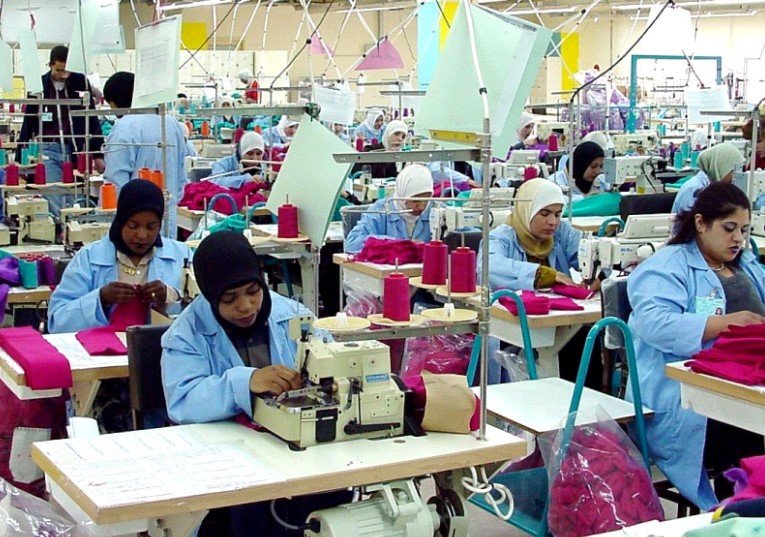Jordan’s industrial sector has shown strong growth this year, creating more than 6,000 new jobs for locals in the first nine months. This boost comes from rising exports and production increases, helping the economy amid regional challenges.
Key Job Growth Figures
The Jordan Chamber of Industry reports that the sector added these jobs mainly in food processing and manufacturing areas. This marks a 4.5 percent rise in organized Jordanian workers compared to last year, bringing the total to over 270,000.
Half of the new positions came from the food industry, driven by export demands. Other areas like construction and engineering also saw gains, reflecting how global trade fuels local employment.
Experts note this growth aligns with national goals to reduce unemployment, which stands at around 22 percent overall but lower in industrial fields.

Top Performing Sectors
Several industries led the way in job creation and output. The construction sector grew by 5.5 percent, adding roles in building materials and infrastructure projects.
Packaging and engineering followed with 4.1 percent and 3.8 percent growth, respectively. The iron and steel segment jumped 37 percent, its best in 17 years, creating hundreds of skilled positions.
Here are some standout sectors:
- Food industry: Led with 50 percent of new jobs, thanks to exports to Europe and Africa.
- Iron and steel: Highest growth rate, boosting factory work and supply chain roles.
- Engineering: Focused on tech upgrades, adding jobs in automation and design.
This mix shows how diverse industrial activities support steady employment.
Economic Impact and Contributions
The sector’s real growth hit 4.8 percent in the second quarter, making up 39 percent of Jordan’s overall economic expansion. This helps counter issues like high debt and unemployment.
Industrial production rose 1.76 percent in the first eight months, with nine out of ten subsectors improving. Exports climbed 7.5 percent, covering 51 percent of imports, a record high.
On the Amman Stock Exchange, industrial firms held 42.2 percent of market value and drove 31.6 percent of trading in September. This signals investor confidence and potential for more capital inflows.
A recent agreement with the UAE, activated in May, aims to increase trade to over $8 billion by 2032, which could create even more jobs in renewable energy and tourism-linked industries.
| Sector | Growth Rate (%) | Job Impact |
|---|---|---|
| Construction | 5.5 | High, in infrastructure |
| Packaging | 4.1 | Moderate, in export packaging |
| Engineering | 3.8 | Skilled roles in tech |
| Iron and Steel | 37 | Significant factory jobs |
| Food Industry | Varies | Over 3,000 new positions |
This table highlights how growth translates to employment.
Export Trends Driving Change
Industrial exports now make up 91 percent of Jordan’s total, up from previous years. Key markets include the Middle East, Europe, and emerging African countries.
Garments led exports, totaling $1.6 billion in the first eight months. Other goods like chemicals and machinery also grew, supported by lower tariffs from new trade deals.
This export focus has a direct link to jobs, as factories ramp up to meet demand. Analysts predict continued growth if global supply chains stabilize.
Challenges and Future Outlook
Despite successes, the sector faces hurdles like regional instability and energy costs. Unemployment remains a broader issue, especially for youth and women, though industrial jobs offer some relief.
The Economic Modernization Vision 2033 targets further expansion, with plans for digital tools and green practices. The second phase could unlock more potential, aiming for 2.9 percent GDP growth by 2026, per recent IMF projections.
Officials stress the need for skills training to fill roles in automation and sustainable manufacturing.
Path Forward for Jordan’s Economy
This year’s industrial performance points to a brighter future, with jobs and growth at the core. As Jordan builds on trade ties and innovation, more opportunities may arise.
Share your thoughts on how this affects your community, and comment below on what sectors you think need more focus.
